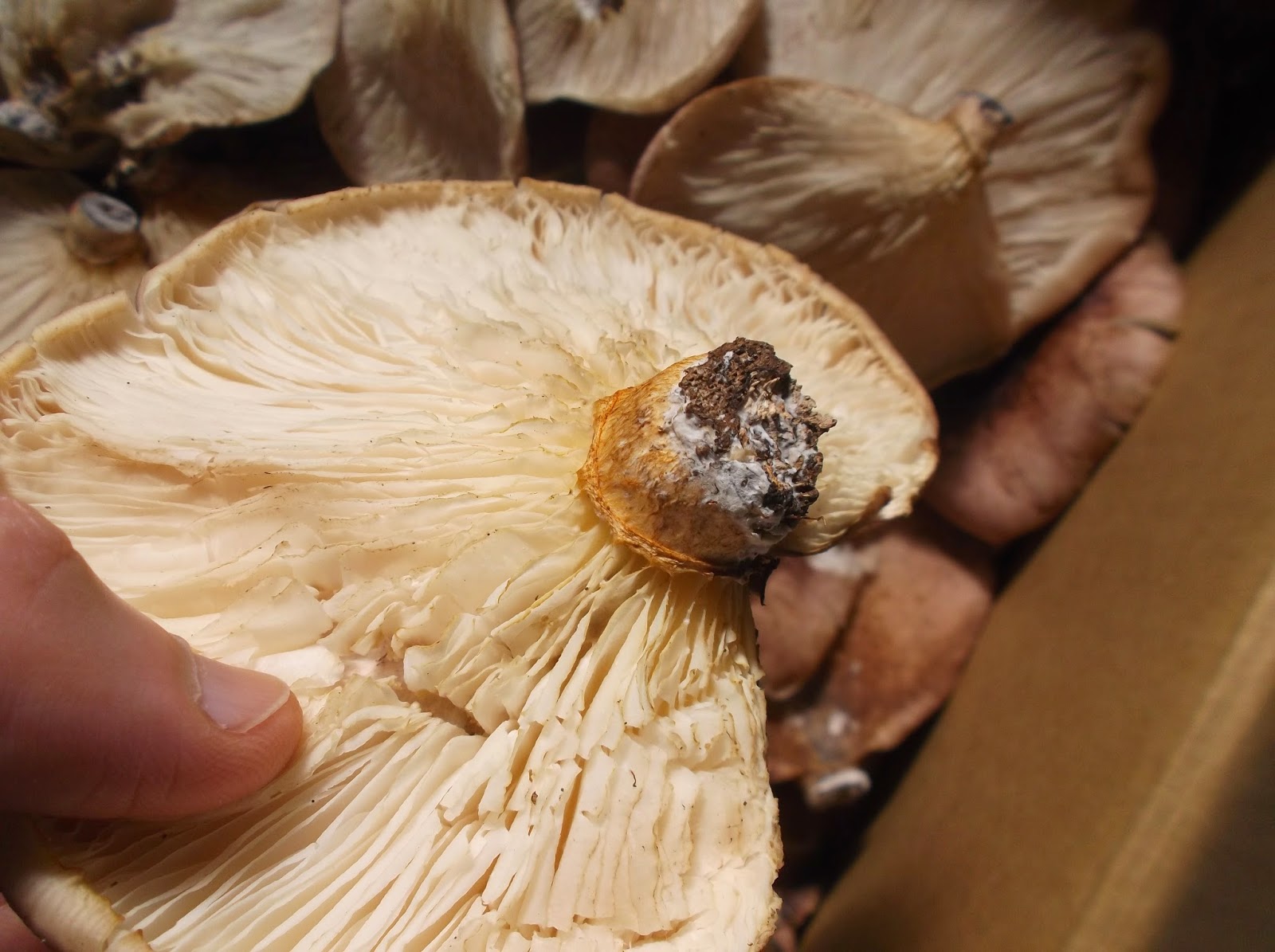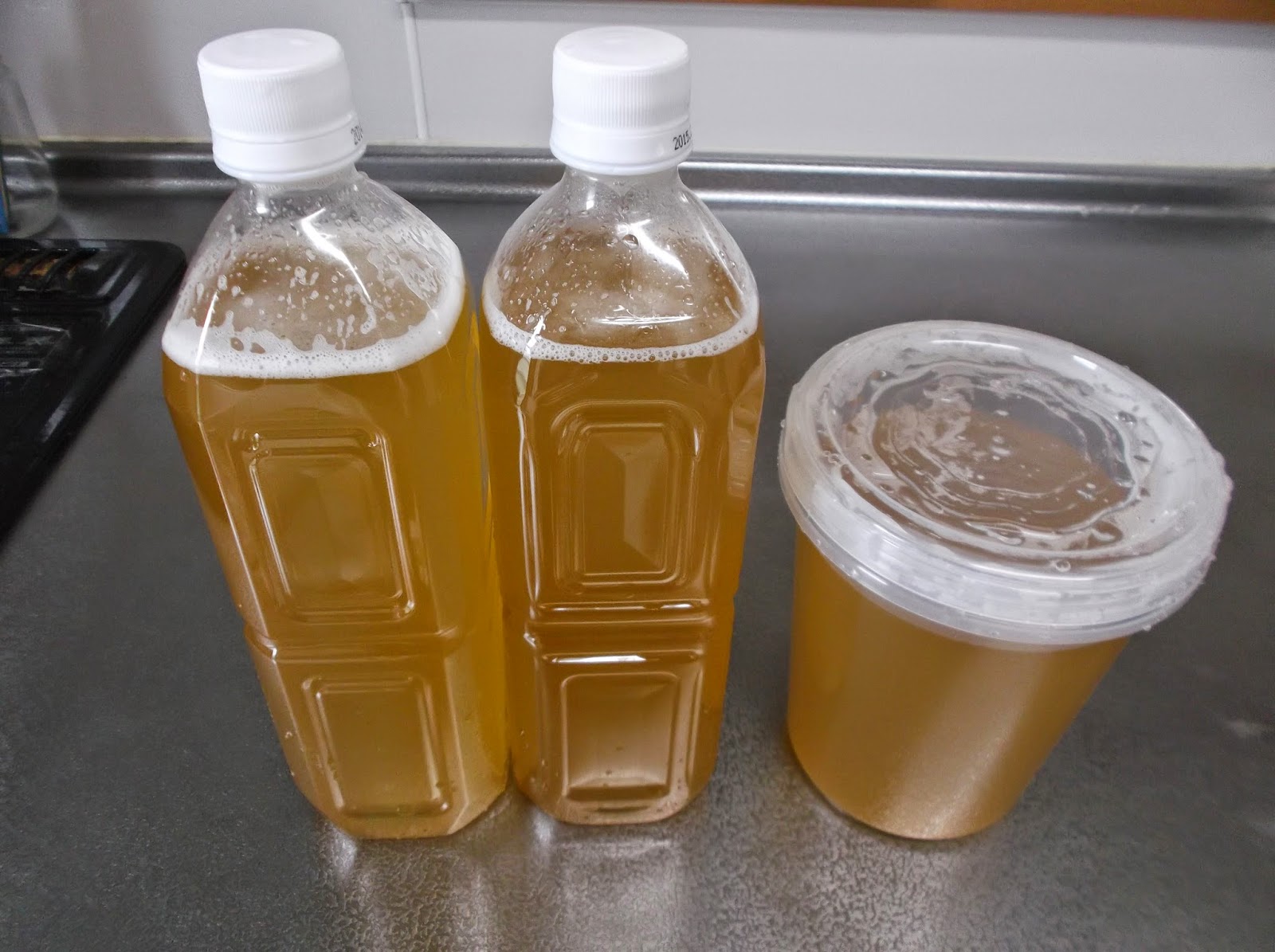Yesterday (September 14), I went to the 13th "Grape Harvest Festival and Wine Festival" alone, by train (hoping to get some free samples of wine).
昨日(9/14)は、第13回「ぶどう収穫祭とワイン祭り」に一人で、電車で(ワインの試飲を少しできるのではないかと期待して)行って来ました。
My family used to go to this festival when the children were smaller. Now that they have grown older, I didn't bother to ask them whether they would like to go.
子供たちが小さい頃は、このお祭りに行っていたのですが、子供たちも大きくなったので、わざわざ行きたいかどうかききませんでした。
Besides, I had an important mission: looking closely at the vineyard to see how they grow their grapes. I recently read this book:
それに私には重要な任務がありました。ぶどう園をよく見てどんなふうに葡萄(ぶどう、ブドウ)を育てているのか知る、ということです。最近、この本を読みました:
This book, "Men who challenged for wine in the Snow County", is all about this particular winery, and I found it very interesting, mainly because I was thinking of good alternative ways to grow grapes. In Japan, grapes are usually grown in an overhead trellis (arbor) system, but in the vineyard of this winery, they grow their grapes in a "kakine" (lit. hedge), or vertical trellis system because of the heavy snowfall in winter. What is more interesting is that they adopt a unique "rain cut" system to protect the grapes from rain, particularly in the rainy season (tsuyu in Japanese).
「雪国でワインに挑んだ男たち」というこの本は、このワイナリーに関する本で、私はとても面白いと思いました。ぶどうを育てる別の方法を考えていたからです。日本では、ぶどうは通常、棚方式で育てられます。しかし、このワイナリーでは、冬の豪雪のため、ぶどうを垣根方式で育てています。さらに興味深いのは、ぶどうを(特に梅雨の時期に)雨から守るため、ユニークな「レインカット」方式を採用していることです。
I arrived at Urasa Station on JR Joetsu Line. The winery is located inside the vast park called Yairo no Mori Koen, which is about an 8-minute walk from the station.
JR上越線の浦佐駅に着きました。ワイナリーは、駅から徒歩8分程度の「八色の森公園」という公園内にあります。
Cross over the Uono River,
魚野川を渡り、
and enjoy the artistic manhole cover.
芸術的なマンホールを蓋を楽しんでください。
One watermelon is drawn on the cover, because this area is famous for its watermelon, called Yairo Suika.
蓋にはスイカが一つ描かれています。八色スイカというスイカで有名な地域だからです。
I had purchased two advance tickets for the Echigo Wine Set online. One ticket entitles you to pick one bunch of Fujiminori grapes, two bottles of wine, and participation in one of the two draws held on that day.
私は越後ワインセットの前売り券を2枚、オンラインで購入してありました。券1枚で、藤稔(ふじみのり)を一房(ひとふさ)を収穫でき、ワインを2本もらえ、さらに、その日に行われる2回の抽選会のいずれかに参加できます。
I headed for the vineyard.
ぶどう園に行きました。
These are Fujiminori grapes.
これが藤稔です。
This particular variety is touted as being more delicious than Kyoho, which is called the King of Grapes in Japan. Unlike the other varieties for wine making, this variety is carefully protected in bags. And, as you can see, in the "rain cut" system, the grapes are protected from rain with plastic sheets above.
この品種は、日本ではぶどうの王様を言われる巨峰(きょほう)より美味しいと言われています。ワインづくり用の他のぶどうの品種と異なり、丁寧に袋で守られています。 また見てわかる通り、「レインカット」方式では、ぶどうは上にあるビニールシートで雨から守られています。
Another variety, used for wine making
ワインづくりに使われる別の品種
This is the winery building.
ワイナリーの建物です。
Inside:
内部:
In the basement, they have what they call yuki himuro (lit. snow ice room), where as much as 250 tons of snow are stored to keep the wine storage room at around 5C.
地下には、雪氷室があります。ここには250トンもの雪が溜められ、ワイン貯蔵庫を約5Cに保っています。
Restaurant, "Budo no Hana" (lit. Grape Blossoms)
レストラン「葡萄の花」
Inside:
内部:
Farmers' market:
野菜直売所:
Dried zenmai:
干しぜんまい:
Time for the draw!
抽選会の時間です!
The one in a pink T-shirt is the mayor of Minami Uonuma city.
ピンクのTシャツを着た人が南魚沼市の市長です。
Sadly, no presents for me...
残念ながら、私には景品は当たりませんでした。
This is the bunch of Fujiminori grapes I picked.
これが私が採った藤稔です。
Sweet and tasty!
甘くて美味しかったです!
And, these are the wines I got.
そして、これがもらったワインです。
Shown on the left is a dry red wine, and the right one is sparkling wine with ume (Japanese plum) juice! Can't wait to try them!
左のは辛口(からくち)の赤ワインで、右のは、梅果汁が入ったスパークリングワインです!飲むのが待ち遠しいです!







































































